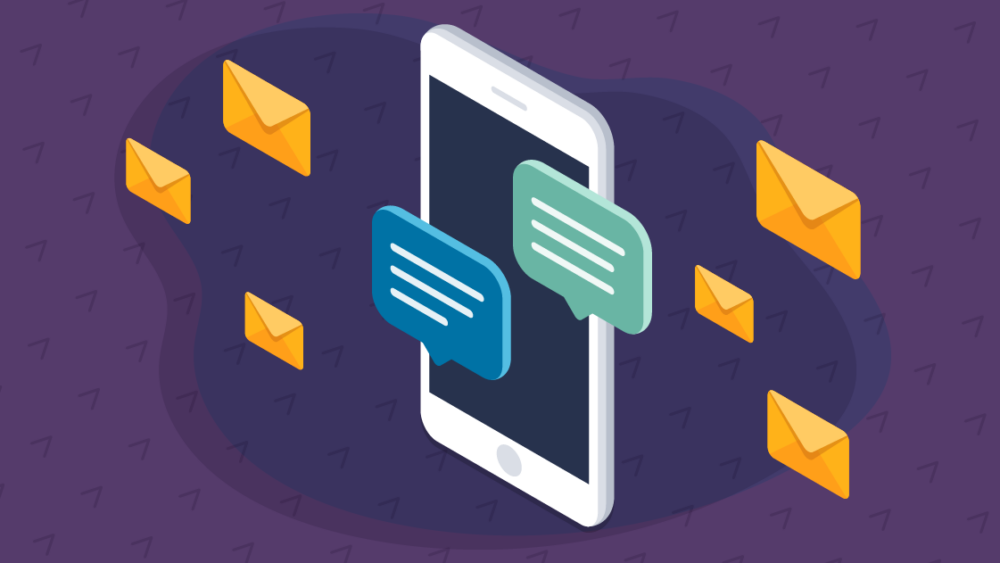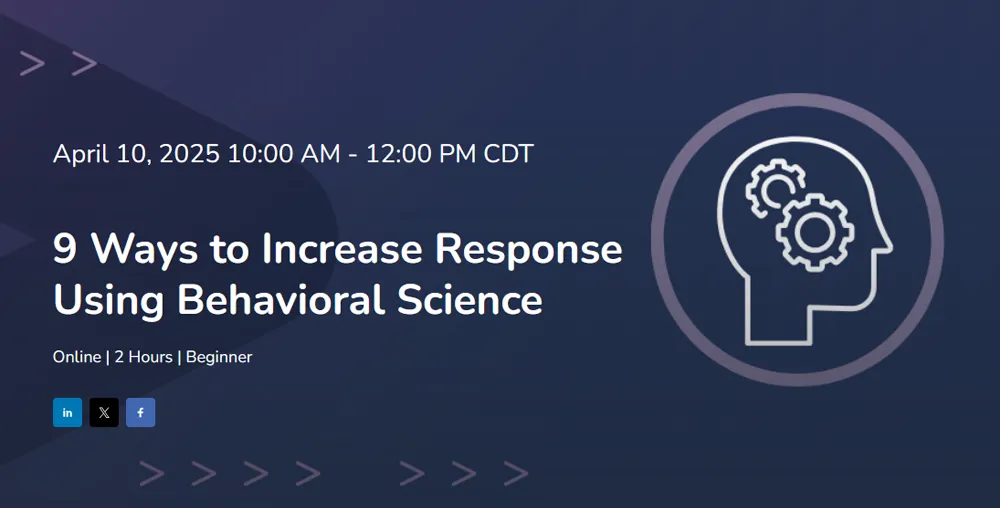Developing marketing strategies is critical to ensuring your brand messaging is consistent across all digital channels, which can help build trust and credibility with your audience. In a survey by MoEngage, 27% of all respondents said that they are “most frustrated” when brands send inconsistent messaging on different channels.
The risks of not having a strategy are paramount, especially if you aren’t utilizing email and SMS marketing. You risk not maximizing ROI if you aren’t allocating resources to the programs which drive profitable revenue, and email marketing is the highest-ROI channel in marketing, according to WebsiteBuilderExpert. And when you use email and SMS marketing together, Klaviyo sees RPR (revenue per recipient) increase by 187%.
Email and SMS marketing can help businesses increase their bottom line and should be at or near the top of the list in your marketing toolkit.
Here’s the process of developing a robust email and SMS marketing strategy:
1. Set Your Goals. First, determine your brand’s OKRs, which include objectives, key results, and initiatives. OKRs provide clear directions and focus for individuals and organizations by linking short-term initiatives to long-term objectives.
The objective is a specific and meaningful goal, while the key results are clear and measurable metrics that measure progress toward the goal. Finally, you must identify initiatives, or have your team develop initiatives, to help you hit your objectives.
OKRs help you define where you want to go and how you want to measure success,while initiatives determine how you will get there.
2. Define your Target Market and Personas. Understanding your customers profoundly and meaningfully is crucial in developing campaigns that resonate with your customers. Areas of focus in understanding your target market include:
- Demographic information: statistics that define the population, including age, gender, race, marital status, and homeownership, among other data.
- Psychographics: lifecycle characteristics that may influence their purchasing decisions, including their social status, personality, opinions, demeanor, interests, hobbies, and media consumption patterns.
- Behavioral patterns: the pain points, needs, and wants that trigger their buying activities, including pain points, purchase reasons, buyer journey stage, and engagement levels with your brand.
Once you have this data, use it to build personas about your key target markets. A persona is a fictional character who represents a specific type of person. By creating and using personas, teams can ensure their products and services meet the needs of the people they are trying to serve.
3. Determine Products and Services. Next, take a deep inventory of what sell. Some questions are:
- How many products or services do you offer? How many product categories?
- What is the quantity of products and services offered? Do you have items that sold out quickly last year that will be back in stock?
- Are you introducing new products or services? If so, when?
- How do your products and services differt from the competition?
- Is there a seasonality component, or are your products and services evergreen?
Depending on the number of products or services offered, you should list each product or service with a column containing the answers to the questions listed above. Then, you can rank your products or services by most important to least important to promote to your subscriber base.
4. Customer Mindset. Pull out your persona and think about how their needs change throughout the year. For instance, if your persona has children, they are in the market for back-to-school clothes in the late summer and are looking for childcare options in the late winter/spring timeframe for the summer. Before making any marketing decisions, think about your persona to double-check if it will resonate.
Keeping your personas in mind, look through a calendar to take note of major and minor holidays for the upcoming few months. There are major holidays when many Americans are off work, such as Memorial or Labor Day, where retailers run promotions to capitalize on a captive audience. There are many minor holidays where you can celebrate anything, from National Pecan to Tug of War Day. Finally, note any special dates your brand has, including your anniversary or any other milestone, such as achieving sales in all 50 states, launching sales internationally, or a site redesign.
5. Cadence. Work on sending one email deployment weekly if you are selling evergreen products and services and one monthly SMS message on top of automated welcome, browse, cart, and post-purchase deployments. Consistency and relevance are crucial in ensuring your brand is top of mind to your customers when they are ready to purchase.
By following these steps, businesses can help ensure that their email and SMS marketing campaigns are successful and generate maximum ROI.









Comments are closed.